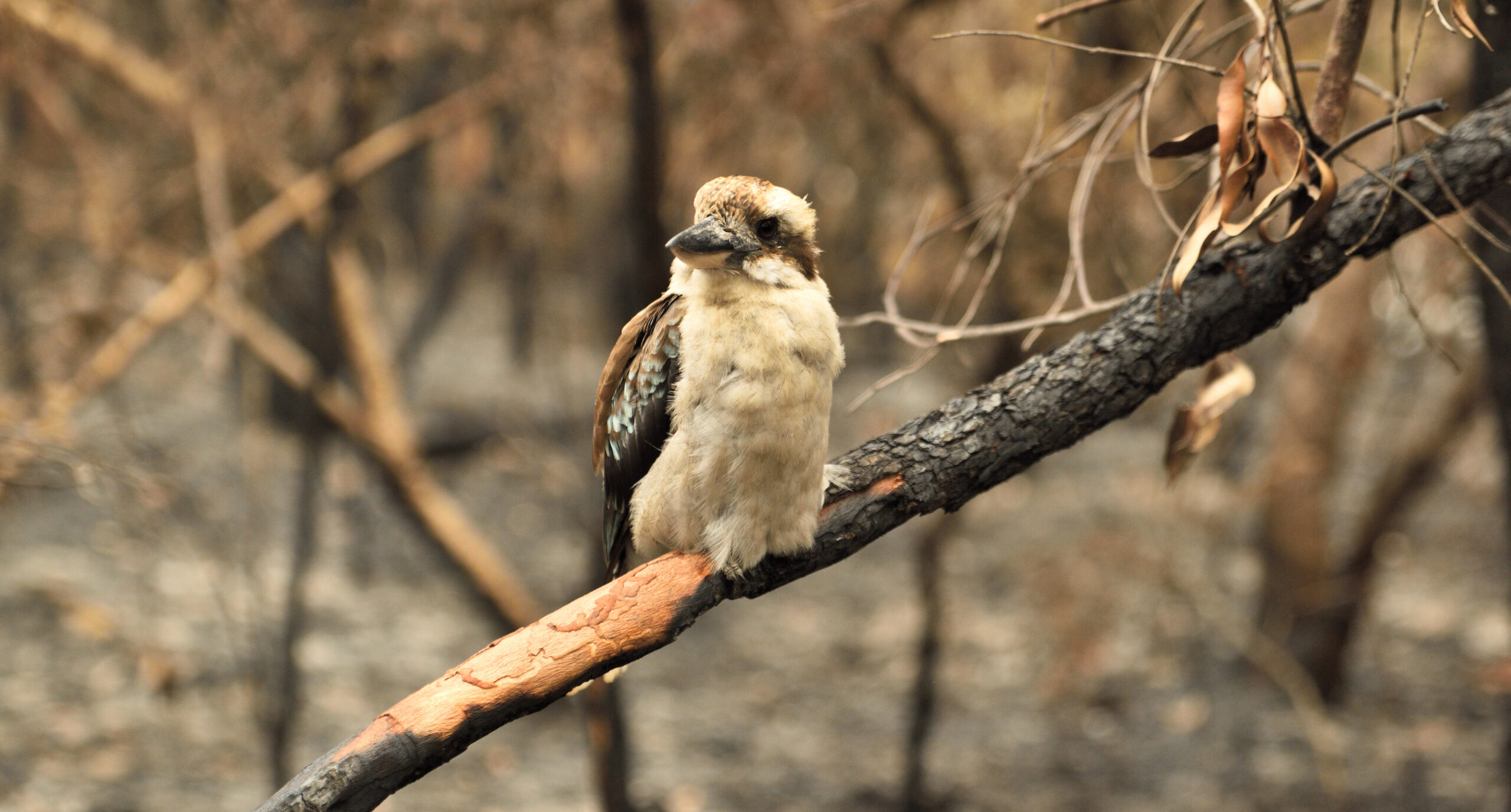Tips for evacuating and recovering from natural disasters

It’s what nightmares are made of. That’s the trauma of having to evacuate your home in a natural disaster . For many, the brave but necessary decisions, like when to go, where to go, how to go safely and what to leave behind are next level distressing. Our list of suggestions and links may help you to be always prepared.
Should you stay or should you go?
- Stay connected to news updates eg local radio
- Trust your instincts. Go early and while you can.
- You don’t need to wait for instructions to leave.
- If you are told to leave, do it without hesitation.
- Be clear about your destination. Where are you going?
- Place your evacuation kit where it is easy to see, close to your nearest exit.
- Remember to include your medications. Asthmatics, keep your inhaler close by.
- Include videos and photos of your home, yard, every room and their contents in your evacuation kit.
- More information: https://www.nsw.gov.au/emergency/prepare/be-ready-for-an-emergency-evacuation
Regrets about what’s left behind
Any evacuation is a traumatic life event. It is understandable that many people become confused and forgetful in the distress of it all.
In a disaster don’t try to return and re-enter a property to retrieve something you have forgotten.
According to Red Cross, people most regret leaving
- Mobile phone
- Family photographs
- Family memorabilia such as sporting and war medals, trophies etc
- Personal memories such as autograph books, diaries etc
- Passports and other identification documentation
Digitally store your photographs, photographs of your memorabilia, memories and copies of identification documents.
Keep any titles, leases and insurance documents close at hand.
Driving in a bushfire and staying safe in your car
Driving in a bushfire can be a horrific and frighteningly perilous experience that should be avoided at all costs.
Be prepared now and learn how to protect yourself in your car in a bushfire and optimize your chances of survival.
Read the Country Fire Authority (CFA) tips on:
https://www.cfa.vic.gov.au/plan-prepare/before-and-during-a-fire/leave-early/staying-safe-in-the-car
Let people know you’re safe
Red Cross manages Register.Find.Reunite, a service that connects with families, friends and emergencies services. It lets them know what you are doing and that you’re ok and safe in an emergency.
When Register.Find.Reunite is activated, you can access it on the Red Cross website or at evacuation and recovery centres.
Read more: https://www.redcross.org.au/emergencies/about-register-find-reunite/
Recovery from a bushfire
Returning home after a bushfire can be confronting and can heighten your trauma.
Prepare yourself emotionally and psychologically for potentially profound changes to your home and community and the way you and your family live.
The Western Australian Government Department of Emergency Services practically and sensitively steps out how to recover from a bushfire.
Read more here: https://www.dfes.wa.gov.au/hazard-information/bushfire/recovery
Business recovery from a natural disaster
Enact the disaster recovery pathway incorporated into your business plan.
Digitally store employee contacts, the whereabouts of your lease agreement and insurances, contact for the property owner etc
Stay in touch with staff, customers, vendors and suppliers etc. They are all members of your recovery community.
The Queensland Government, Business Queensland has some excellent resources on helping business to assess viability and recover from a natural disaster at https://www.business.qld.gov.au/running-business/natural-disaster/recover
